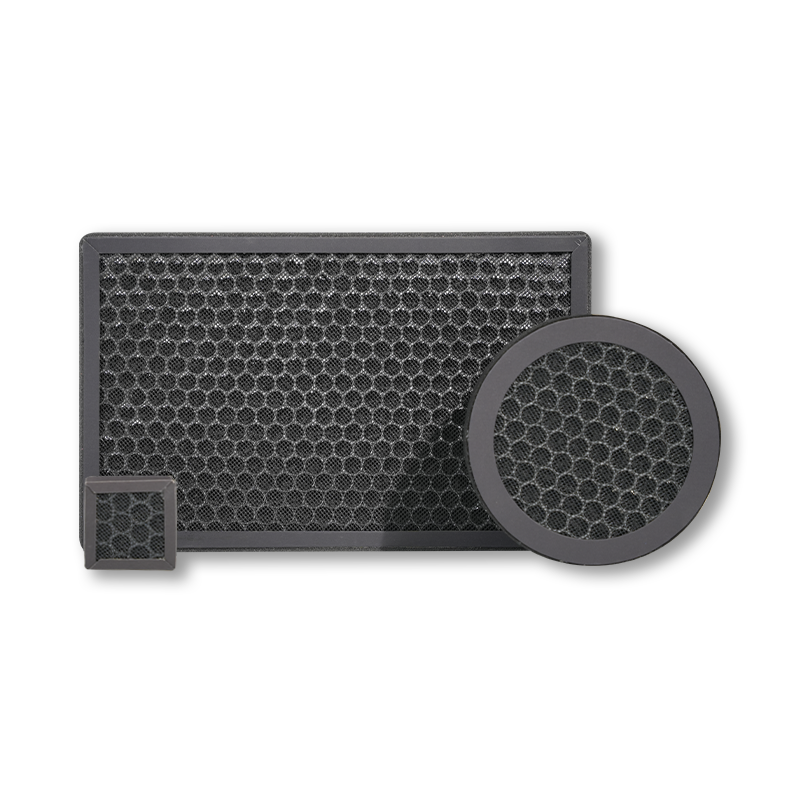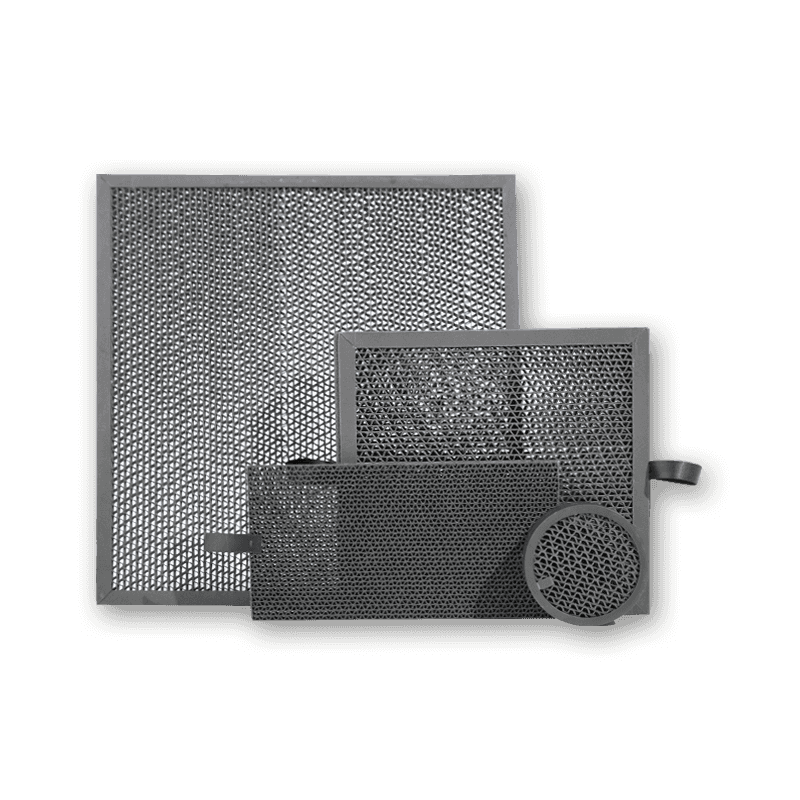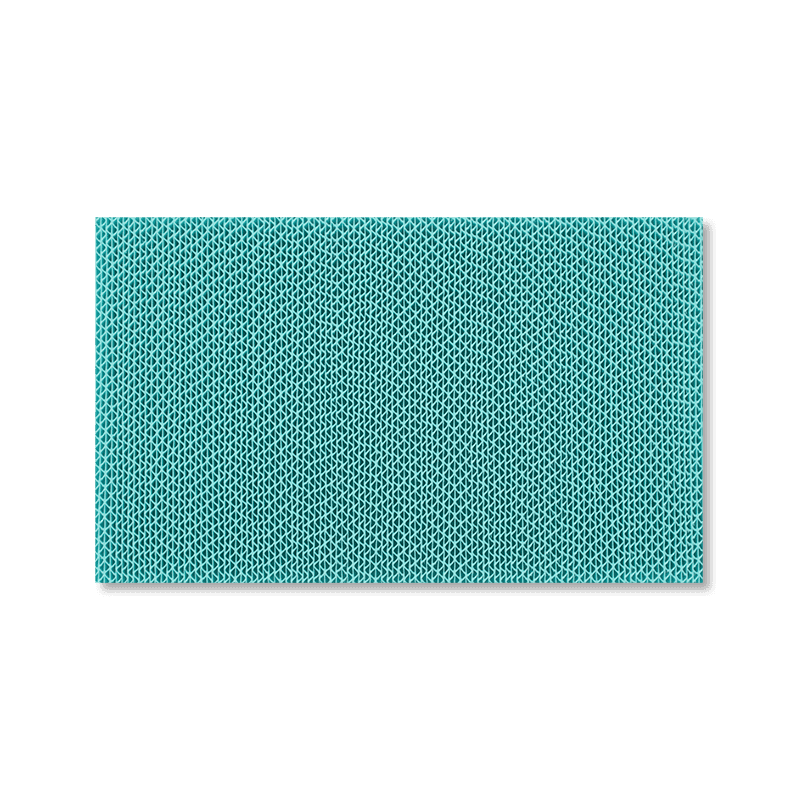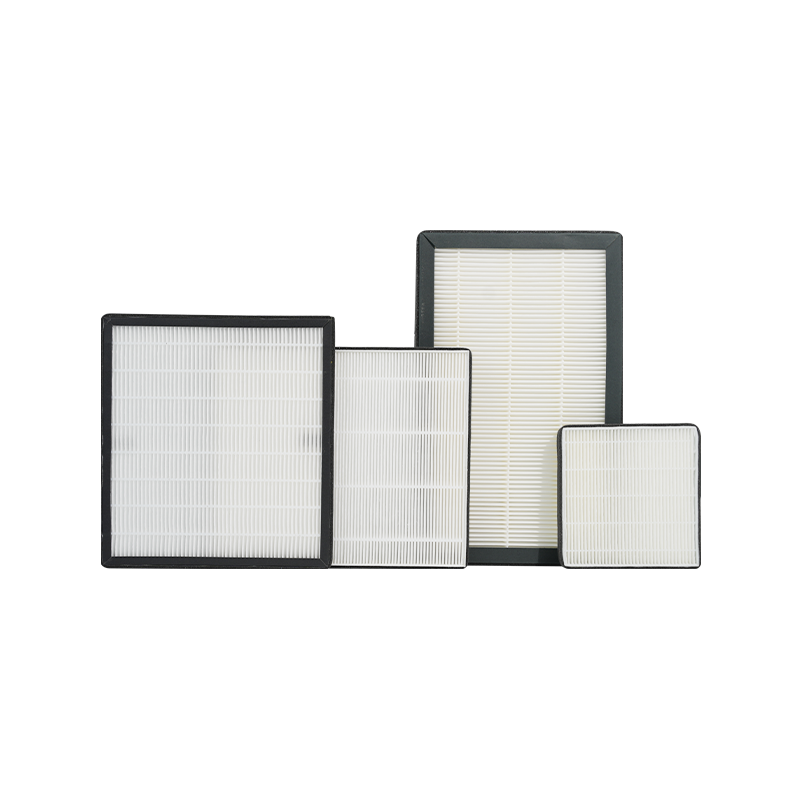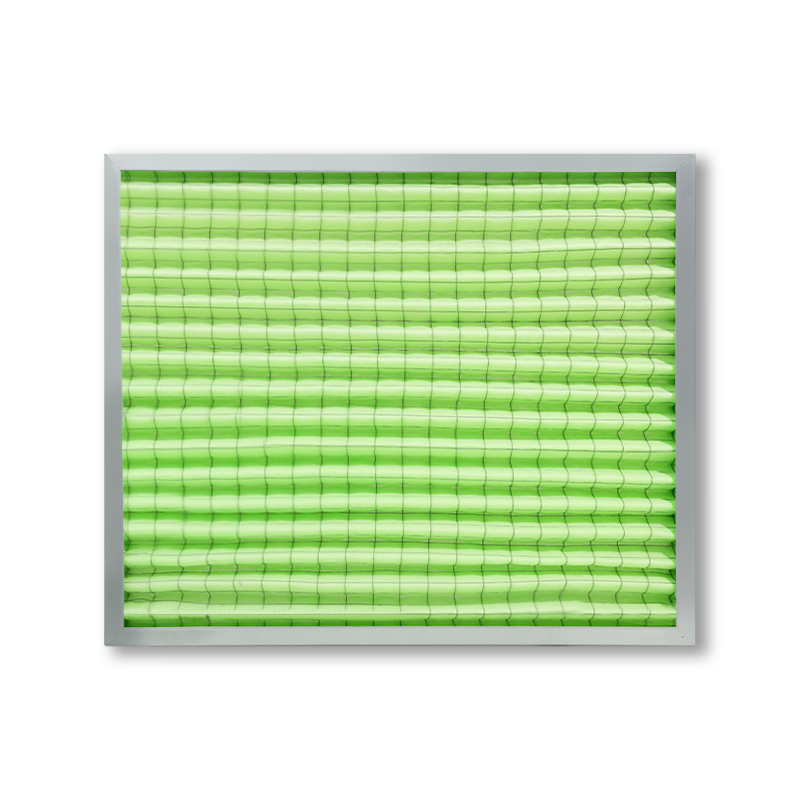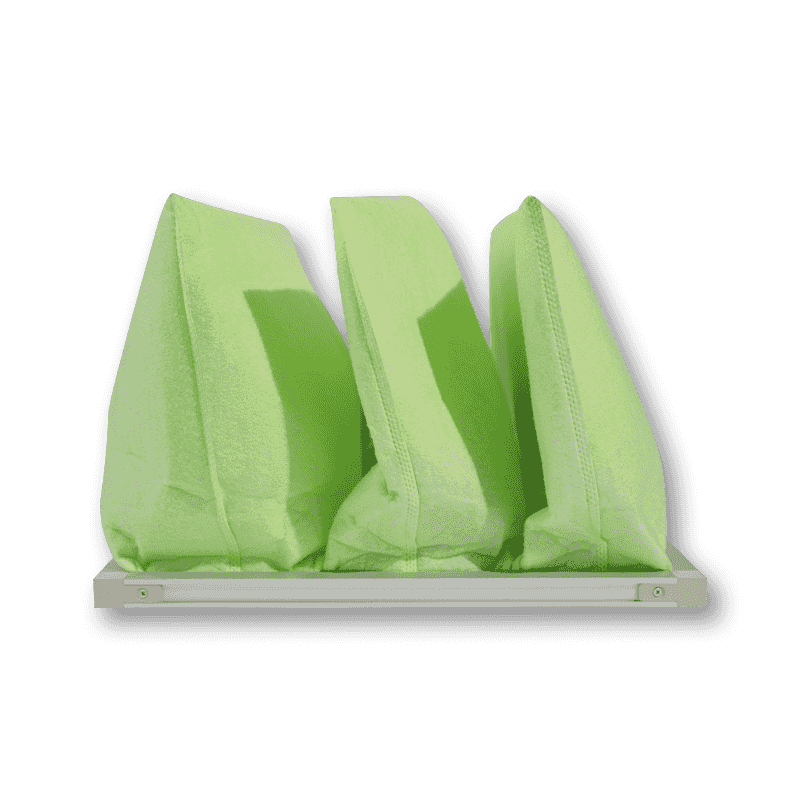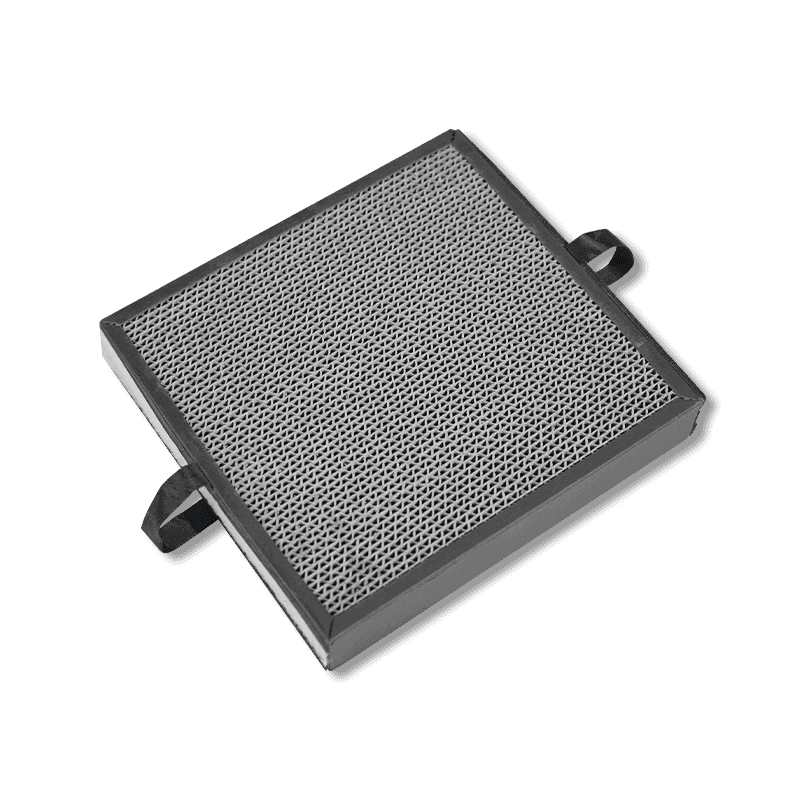With the growing issue of air pollution, air purifiers have become essential household devices, especially in cities or areas with compromised air quality. While many people are aware that air purifiers can filter out PM2.5 (particulate matter smaller than 2.5 microns), the role of air purifier filters goes far beyond just this. They can address a broader range of air pollutants, offering more comprehensive protection for our respiratory health.
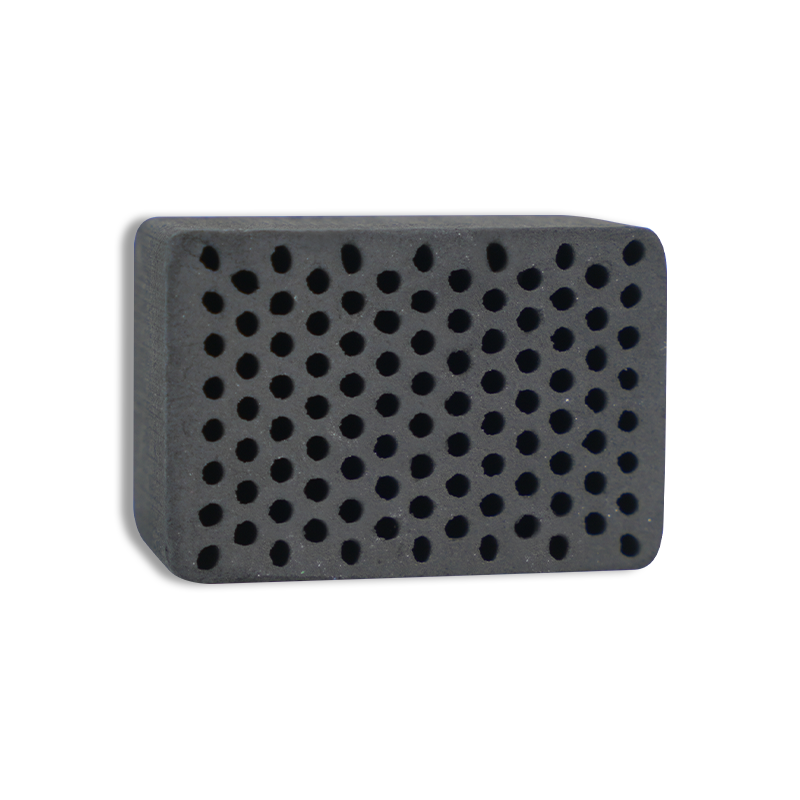
1. Understanding PM2.5 and Its Impact on Respiratory Health
PM2.5 refers to fine particulate matter in the air that is less than 2.5 microns in size. These particles are incredibly small—smaller than the diameter of a human hair—and can penetrate deep into the lungs and even enter the bloodstream. Once inside the body, they can cause a range of health problems, particularly for people with pre-existing respiratory conditions like asthma or chronic obstructive pulmonary disease (COPD). Long-term exposure to PM2.5 pollution is associated with cardiovascular diseases, lung cancer, and other serious health issues.
PM2.5 is not just a symbol of environmental pollution, but a major contributor to respiratory diseases. Inhaling PM2.5 can worsen existing respiratory conditions, causing inflammation in the airways, allergic reactions, and reduced lung function. Moreover, the effects of PM2.5 on health accumulate over time, and prolonged exposure can lead to the development of chronic diseases.
PM2.5 is not the only harmful airborne pollutant. Studies show that there are numerous other pollutants that affect our health, including bacteria, viruses, allergens, and volatile organic compounds (VOCs). To truly protect respiratory health, air purifiers need to target not just PM2.5, but also these other pollutants.
2. Threats Beyond PM2.5
Although PM2.5 is the most commonly discussed particulate matter, air purifiers are designed to tackle a wider range of airborne contaminants to provide more comprehensive protection for respiratory health.
Allergens
Airborne allergens, such as pollen, dust mites, and pet dander, can cause symptoms like sneezing, coughing, and itchy eyes. They are also a major trigger for asthma and allergic rhinitis. During certain seasons, especially spring and autumn, the concentration of pollen can be high, leading to an increase in allergic reactions.
HEPA filters are highly effective at removing these allergens from the air, significantly reducing allergy symptoms and preventing asthma attacks. This makes air purifiers a critical tool for individuals with respiratory sensitivities, especially during allergy season.
Viruses and Bacteria
Airborne viruses and bacteria are another major concern, especially during cold and flu seasons. Air purifiers equipped with HEPA filters and UV-C light technology can effectively remove viruses and bacteria from the air, helping to prevent the spread of infections.
For example, the spread of the COVID-19 virus through airborne particles has highlighted the importance of air filtration. UV-C light in air purifiers is considered an effective method of deactivating viruses and preventing their transmission in enclosed spaces.
Mold Spores
Mold spores thrive in humid environments and can be a significant indoor pollutant. Mold not only contaminates the air but can also trigger allergic reactions, worsen asthma, and lead to other respiratory issues. Mold spores are easily transmitted through the air and can lead to long-term health problems if not addressed.
HEPA and UV-C filters are effective at removing mold spores. HEPA filters capture mold spores as they pass through the air, while UV-C light can eliminate live mold spores and prevent them from reproducing, offering an additional layer of protection against mold.
Tobacco Smoke and Cooking Fumes
Tobacco smoke contains harmful chemicals such as carbon monoxide, nitrogen oxides, and VOCs, all of which can irritate the respiratory system and cause long-term lung damage. Similarly, cooking fumes, especially from frying or grilling, contain numerous harmful compounds, such as polycyclic aromatic hydrocarbons (PAHs), which can be irritating to the airways.
Activated carbon filters are particularly effective at removing these harmful gases and chemicals from tobacco smoke and cooking fumes, making the air safer to breathe. These filters significantly reduce the exposure to pollutants that can lead to chronic respiratory issues.

Volatile Organic Compounds (VOCs)
VOCs are chemicals that are emitted from a variety of sources, including paints, cleaning agents, air fresheners, and even some plastics. Long-term exposure to VOCs can cause headaches, dizziness, skin irritation, and even increase the risk of cancer.
Activated carbon filters are highly effective at adsorbing these chemicals, thus reducing the health risks associated with VOCs and improving indoor air quality.
3. Long-Term Benefits of Using Air Purifiers
The long-term benefits of using air purifiers go beyond merely alleviating short-term allergy or asthma symptoms. Regular use of air purifiers can lead to:
Better Sleep: By removing allergens, dust, and other irritants from the air, air purifiers create a cleaner sleep environment, promoting better rest and overall health.
Reduced Risk of Respiratory Diseases: Long-term exposure to indoor air pollutants can contribute to chronic respiratory conditions. Air purifiers help reduce the overall exposure to harmful particles and gases, decreasing the risk of developing conditions like COPD or lung cancer.
Improved Mental Health: Poor air quality can also affect mental well-being. Studies suggest that exposure to high levels of air pollution may contribute to anxiety, depression, and cognitive decline. By maintaining cleaner indoor air, air purifiers can help support mental clarity and emotional health.

 English
English Español
Español 日本語
日本語
